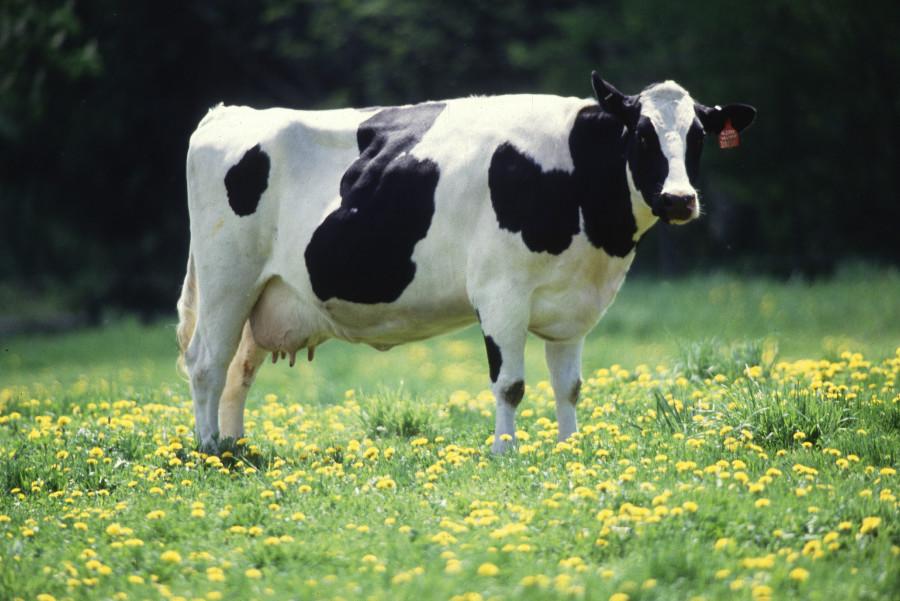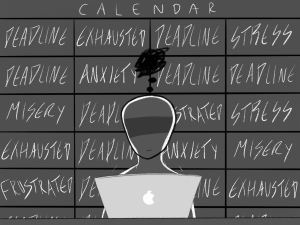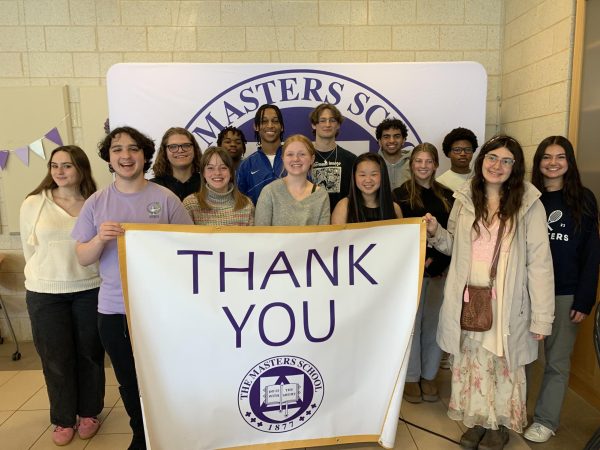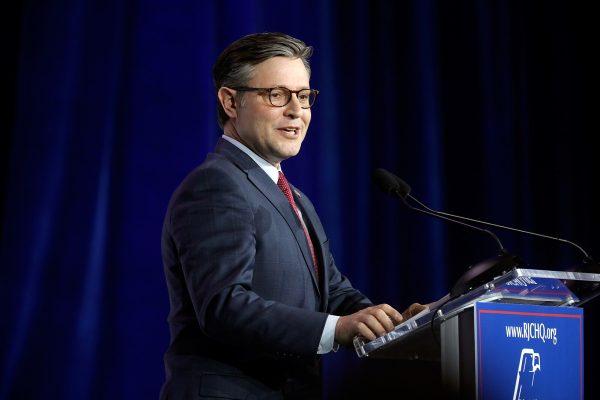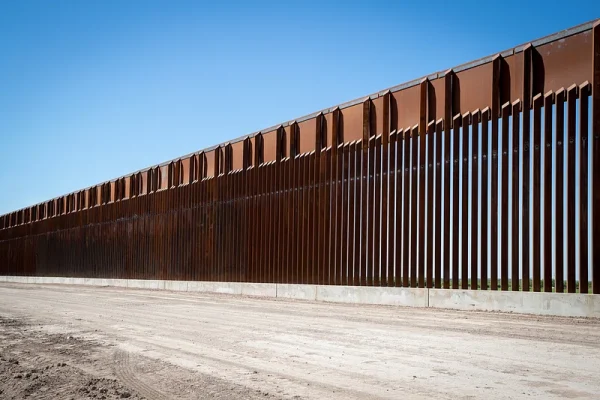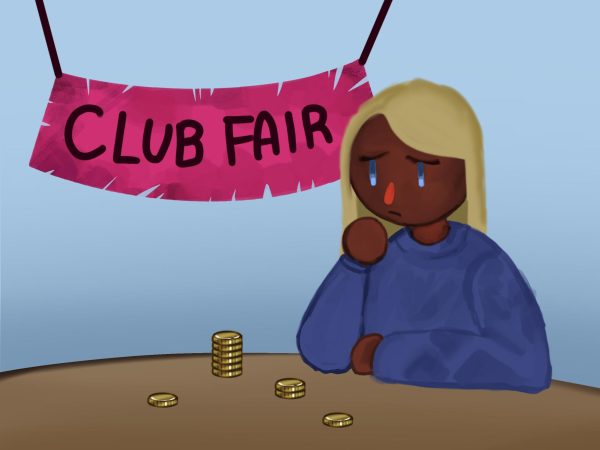There Ain’t Enough Meat To Go Around
May 12, 2016
Think back to the last time you had a hamburger. Did you take a second to consider that you might be eating your last hamburger ever? The rhetorical question posed might be a bit of an exaggeration, however the truth is that the entire world, not only the United States, is on a fast track towards a global meat shortage.
The world today is filled with its fair share of problems ranging from terrorism, an impending water crisis, climate change and so forth. So the last thing we need on our plate is a global meat shortage. The reality is that factory farming is currently operating within unsustainable parameters. As global population rates continue to increase around the world, so does the rate of animal consumption. The caveat of this growth is that one day we simply will not have enough suitable land to raise enough livestock to support the rising demand for meat. In the process of attempting to meet a heightened demand for meat, we will also exponentially continue to damage our environment, as factory farming alone is responsible for a whopping 30% of all pollution in our planet and atmosphere. Experts predict by the year 2050, the world will begin to face a crippling meat shortage, as we will begin to see the price of all types of meat dramatically skyrocket.
If meat is a staple in your diet, then about 25% of your protein intake likely comes from meat alone. A global meat shortage would result in serious malnutrition for millions of people across the world. What is most important to understand is that the problem we face doesn’t stem from farming, but from our dietary choices. Americans especially perpetuate this problem, as our citizens annually consume more meat than any other country in the world (more than 200 pounds per person each year). The only way we can try to avoid a future meat shortage, subsidize our protein intake, all while avoiding the creation of huge amounts of pollution, is by reforming what we choose to eat.
2050 may seem far away, but the reality is that it will be here sooner than later. The sooner we can acknowledge that there is a problem with sustaining the diet we choose to have, the sooner we can attempt to fix it.




